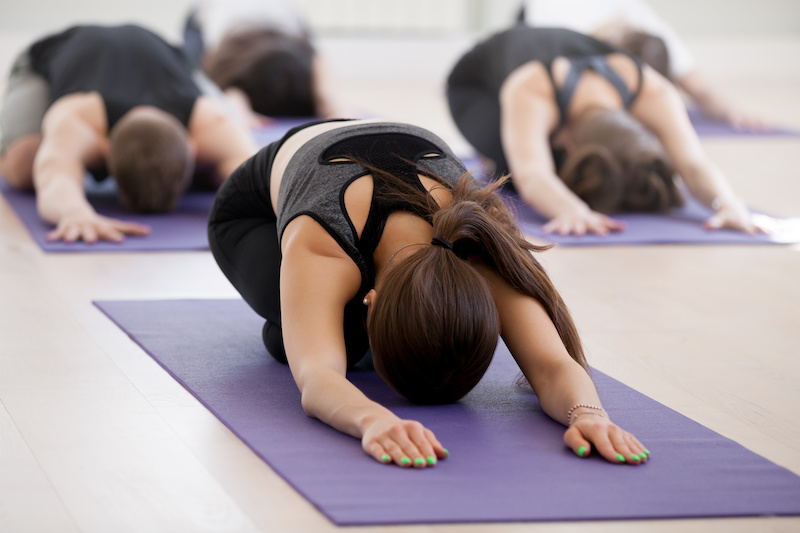Different Types of Yoga and its Benefits
Yoga is an ancient practice with a 5,000-year history that includes different kinds of movement, mindfulness, and meditation. The various styles of yoga have led to its long-term success. Everyone can benefit from this age-old kind of exercise in alive studios. To make it easier to choose the type of yoga that best suits different lifestyles, this article has focused on commonly practiced yoga techniques, from relaxing stretches and meditation breathing to sweating it out.
- Hatha Yoga
Technically, “Hatha yoga” simply refers to a “force discipline.” In other words, Hatha yoga is any style of yoga that focuses on physical postures. In practice, “Hatha” is usually a gentle, slower style with beginner-friendly postures. It is less concerned with spiritual experience. It includes poses or postures (known as asanas), breath work (pranayama), and meditation. It is practiced to improve flexibility, range of motion, and strength, as well as to reduce stress.
- Ashtanga Yoga
Ashtanga yoga is a physically demanding and rigorous technique following a defined sequence. It’s a type of Vinyasa yoga, referring to the streaming motion of linking one posture to the next. Ashtanga features the same six sets of different asanas that flow into one another when accompanied by synchronized breathing practice. It’s a challenging practice that will increase the body’s flexibility and endurance while boosting mindfulness.
- Bikram Yoga
Bikram yoga is a 26-posture series with two breathing techniques in a setting heated to 104°F (40°C) with 40% humidity in alive studios. The heat is supposed to improve participants’ flexibility, detoxify them through sweating, and make their cardiovascular system healthy and functional. Bikram yoga positively impacts metabolic indicators such as blood lipids, insulin levels, and glucose tolerance. In other words, it can benefit people at risk for cardiovascular disease and Type-II diabetes.
- Iyengar Yoga
This kind of yoga prioritizes postural perfection and alignment. To achieve the proper postural alignment, participants often use a variety of props, such as yoga blocks, bands, blankets, and cushions. To achieve the proper alignment of each posture as well as the capacity to hold the asanas for more extended periods, intense concentration is necessary. This kind of yoga can help those who are recovering from an injury or who find themselves to be quite stiff. This type of yoga can be an excellent choice to relieve back pain or other joint and muscle problems.
- Kundalini yoga
Kundalini is meant to activate the spiritual energy, shakti, which is located at the base of the spine. It is a style of chanting or song that combines motion, breathing, and sound. A typical yoga class starts with an introductory chant, then moves through a series of postures with deep breathing before ending with meditation or songs. Kundalini yoga directs energy upward to the top of the head from the bottom of the spine, activating the chakras (energy regions) along the way and resulting in a variety of health benefits, including improved mood, clear focus, reduced blood pressure, a more balanced metabolism, and increase in strength.
Conclusion
Yoga practices come in a variety of forms and styles that are all unique. It is essential to keep practicing or attending any alive studios. One will reap the rewards of commitment and consistency if toga becomes a regular part of life.


Comments are closed.